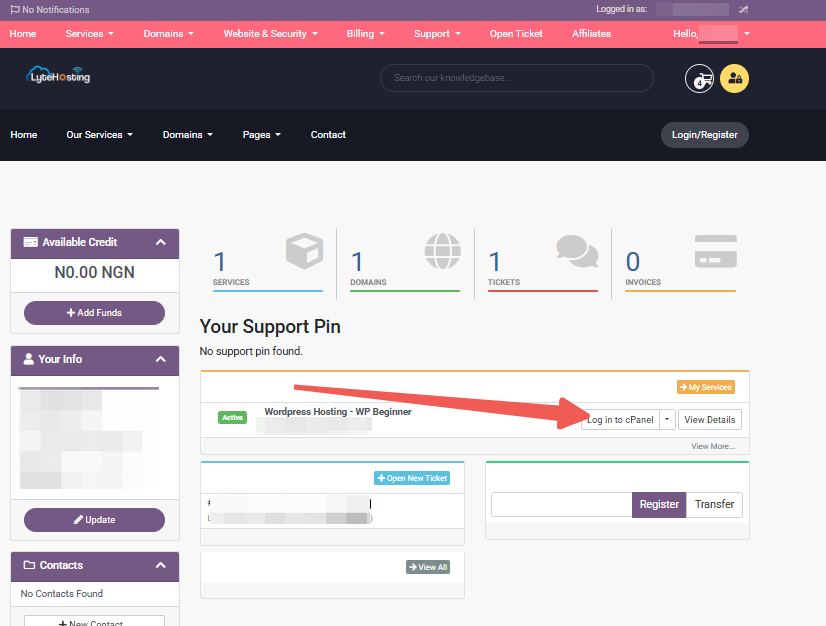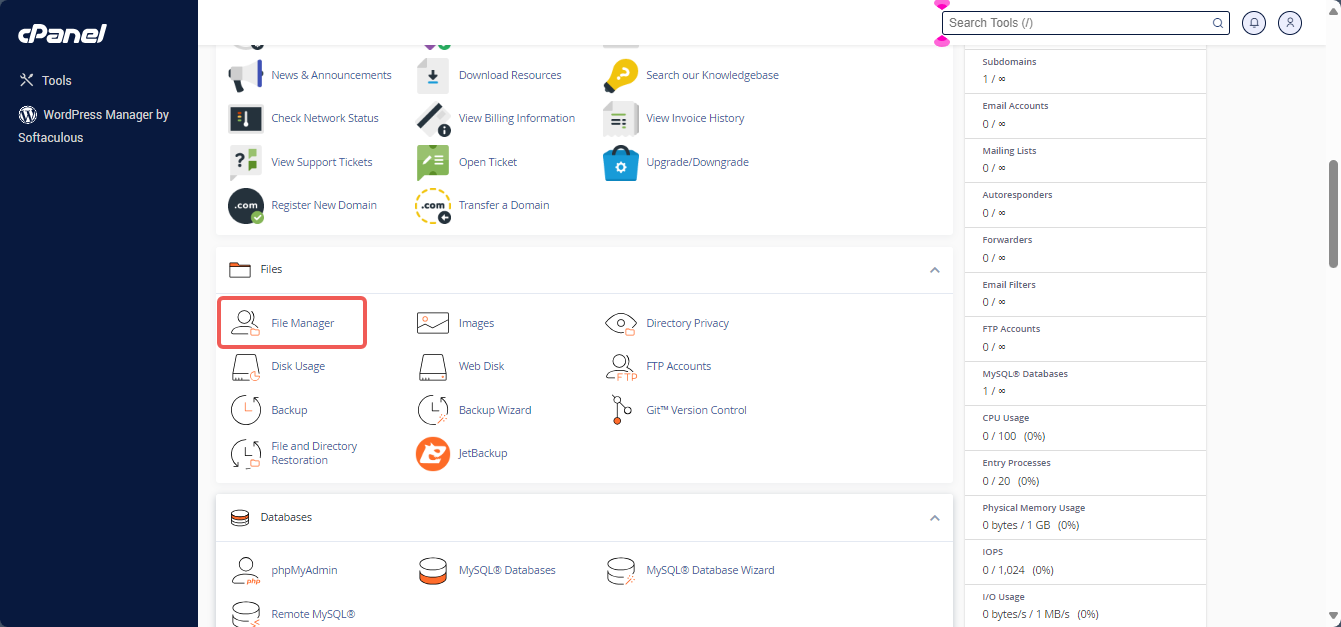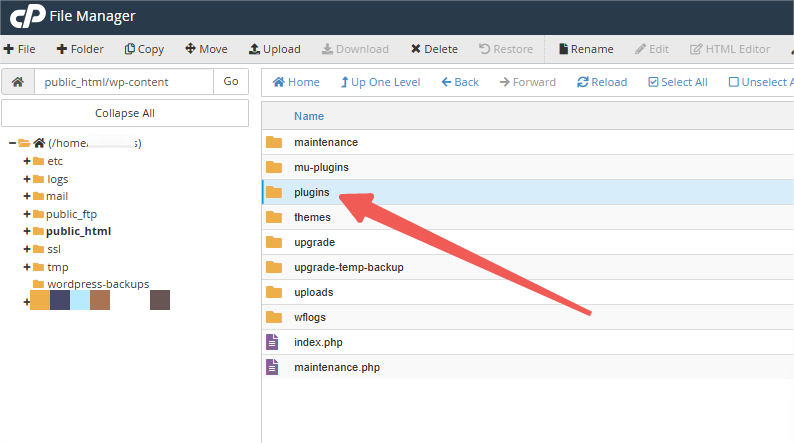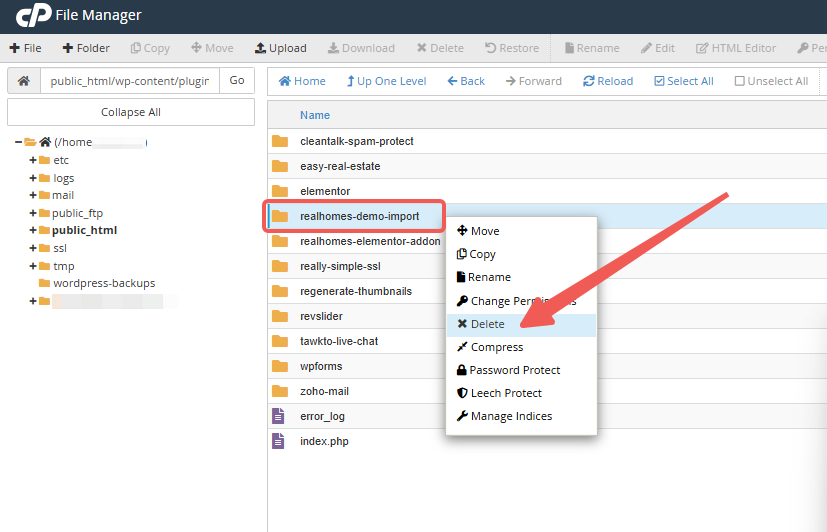Typically, uninstalling a WordPress plugin will remove it entirely. However, certain plugins may generate files, folders, or additional databases and tables outside the plugin directory. These files, already created on your server, won't be deleted simply by uninstalling the plugin. This is particularly true for backup plugins and gallery plugins, which tend to store files within the wp-content folder. To fully remove these leftover files, you may need to manually delete them through your File Manager or FTP.
The following steps are optional and not recommended for those who are unfamiliar with WordPress core files. It’s important to avoid modifying core files without fully understanding their purpose, as making changes could potentially cause issues.
STEP 1: Uninstall the Plugin. (Refer to the article on How to Install/Uninstall WordPress Plugins).
STEP 2: Log in to your cPanel.
There are two methods to log into your cPanel.
- Method 1: Log in to your cPanel directly.
- Method 2: Log in to your cPanel through your Customer Portal.
Through your Customer Portal;
- Log in to your Customer Portal.
- Click on "Log in to cPanel".

STEP 3: Locate the Files section and click on File Manager.

STEP 4: Navigate to your Website's Document Root, find the wp-content folder, and click Plugin.

STEP 5: Once you find the file(s), select them, right-click, and click Delete from the dropdown menu.

Tips for Removing Plugins
Here are some helpful tips to avoid unwanted changes when removing plugins:
- Upgrading WordPress can alter code, which might conflict with modifications to your WordPress theme. To prevent issues, use a child theme or manually review the plugin's code to ensure it's still functional.
- Changing themes won’t automatically transfer your modifications to the new theme. You must manually copy or add them to the new WordPress theme (even if using a child theme since it’s not tied to the new theme).
- Updating the WordPress theme may erase the plugin modification code. Use a child theme or make notes to remind you to re-apply the plugin code after updating your theme.
- Always create a backup of your website before making any changes, ensuring you have a restore point if anything goes wrong. You can rely on CodeGuard, our trusted backup solution, for automatic backups.




